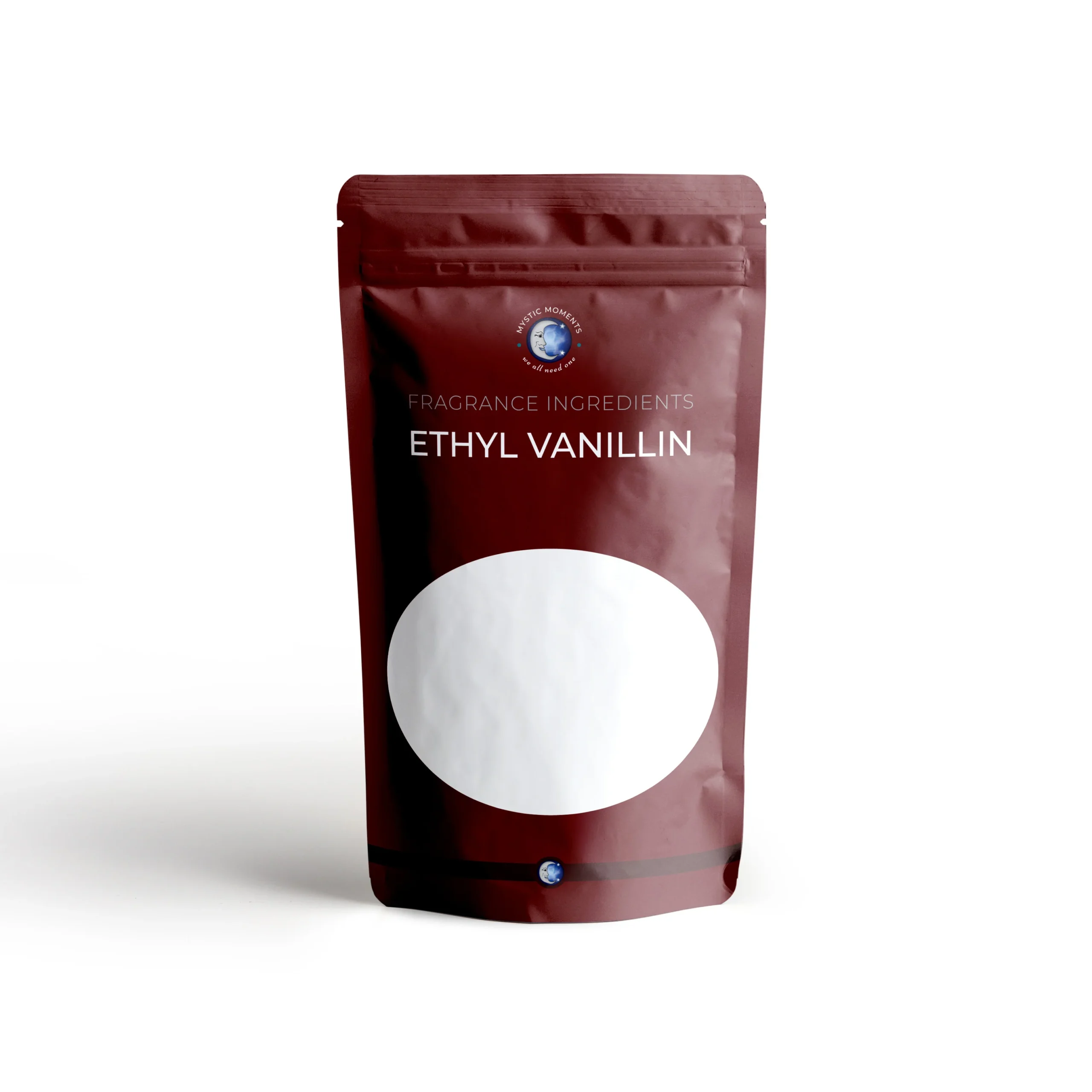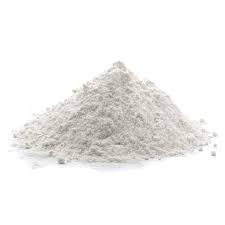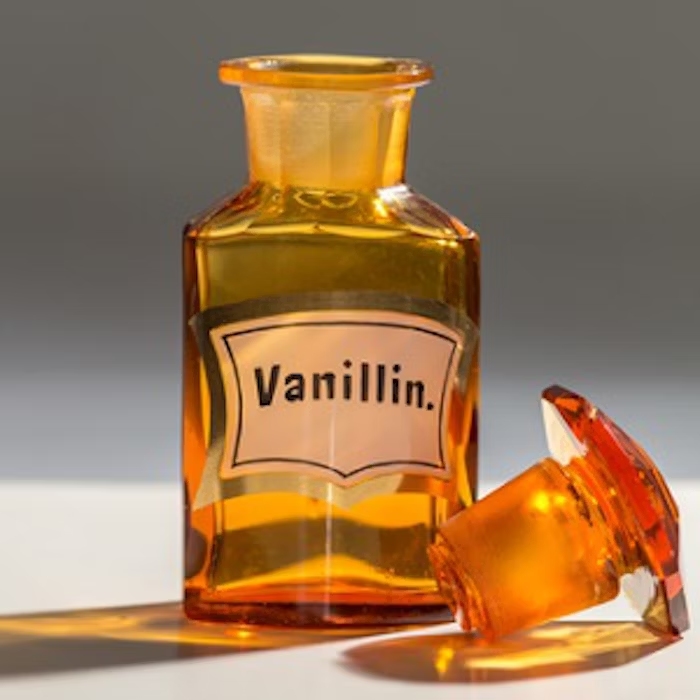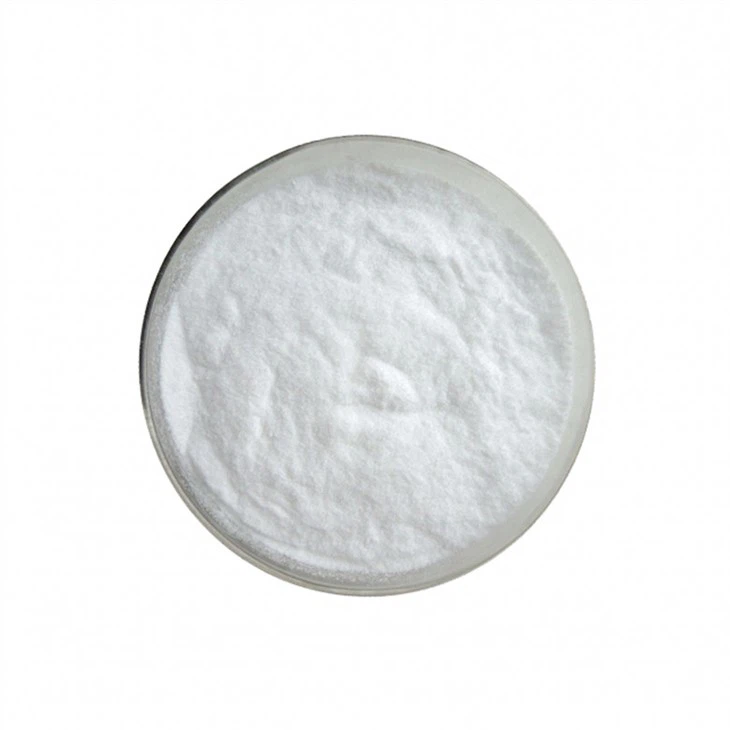Description
Vanillin: More Than Just Vanilla Ice Cream
Vanillin. The very word conjures up images of warm baked goods, creamy ice cream, and comforting aromas. But this seemingly simple aromatic compound has a fascinating history and a surprisingly complex story. Far more than just a flavouring agent, vanillin plays a significant role in industries ranging from perfume to pharmaceuticals.
The Essence of Vanilla Bean:
Vanillin is the primary flavour compound found in vanilla beans, the fruit of the Vanilla planifolia orchid. For centuries, vanilla was a prized spice, cultivated in tropical regions like Mexico and Madagascar. Extracting natural vanillin from vanilla beans is a labor-intensive and expensive process, involving curing, fermenting, and extracting the fragrant compounds. This rarity made vanilla a luxury ingredient, accessible only to the wealthy.
The Race to Synthesis: A Chemical Triumph:
The高价 and scarcity of natural vanilla sparked a quest to synthesize vanillin in the laboratory. In 1874, German scientists Ferdinand Tiemann and Wilhelm Haarmann successfully synthesized vanillin from coniferin, a glycoside found in pine trees. This groundbreaking achievement revolutionized the flavour industry, making vanilla flavour accessible to the masses.
From Pine Trees to Petroleum: Different Routes to Vanillin:
Today, most vanillin is produced synthetically through various chemical processes. While the original method involving coniferin is still used, other methods have emerged. One prominent method utilizes lignin, a byproduct of the paper pulping industry. Another, more controversial, method involves the use of guaiacol, often derived from petroleum. While all these methods produce chemically identical vanillin, the source and environmental impact differ significantly.
Not Just for Desserts: Vanillin’s Diverse Applications:
Vanillin’s applications extend far beyond the realm of food. Its pleasant aroma and chemical properties make it a valuable ingredient in:
- Perfumes and Fragrances: Vanillin acts as a fixative, anchoring other scent molecules and providing a sweet, warm base note.
- Pharmaceuticals: Vanillin derivatives are used as intermediates in the synthesis of certain drugs and have shown potential antioxidant and anticancer properties.
- Cleaning Products: Its fragrance makes it a popular addition to household cleaners and air fresheners.
- Livestock Feed: In some cases, vanillin is added to animal feed to improve palatability.
The Future of Vanillin: Sustainability and Beyond:
As concerns about sustainability and environmental impact grow, efforts are underway to develop more eco-friendly methods of vanillin production. This includes exploring biotechnological approaches like fermenting microorganisms to produce vanillin from sustainable sources like agricultural waste.
Furthermore, researchers are investigating the potential of vanillin and its derivatives for new applications. Its antioxidant and anti-inflammatory properties are being explored for use in nutraceuticals and functional foods.
Conclusion:
Vanillin is more than just a delicious flavouring agent. It is a testament to human ingenuity, a product of scientific innovation and a versatile compound with a wide range of applications. From its humble beginnings as a precious extract to its current status as a widely available synthetic compound, vanillin continues to evolve, driven by the demands of consumers and the relentless pursuit of sustainable and innovative solutions. So, the next time you enjoy a scoop of vanilla ice cream, take a moment to appreciate the complex history and multifaceted nature of this remarkable molecule.











Reviews
There are no reviews yet.